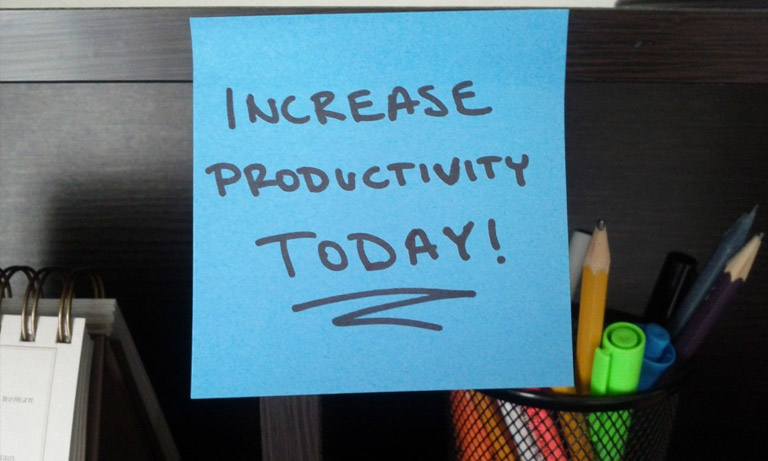 This fact of life is greeted as though it is too good to be true - if we get more rest, how will we get everything done?
This fact of life is greeted as though it is too good to be true - if we get more rest, how will we get everything done? To be more productive, we need more rest. This fact of life is greeted as though it is too good to be true – if we get more rest, how will we get everything done?
Most people spend their working day buckling under pressure and chasing the idea of ‘productivity’ while being less productive and more exhausted.
Happily, experts from the University of Virginia Darden School of Business have arrived with the results of their research. Manel Baucells and co-author Lin Zhao in Beijing entitled their paper ‘It is time to get some rest’. Their message is simple: managers who encourage their teams to rest will reap rewards.
Their research compares workplace productivity to high-performing athletes, such as swimmers. Swimmers at the top of their game do not swim their fastest for every race, so why are office workers expected to maintain a consistently high pace of productivity?
Zhao and Baucells focussed on determining how workers’ output is best distributed across a working day. A framework was created around the two different types of effort required to meet the nature of the work involved. They called this fatigue disutility, highlighting the attitude towards fatigue as being a nuisance to our productivity.
Work was divided between two main areas: modulated and unmodulated jobs. Work that can be altered – modulated work – attracts a high-low-high effort pattern, also known as an analogue effort pattern.
Analogue effort patterns operate from a high place of productivity at the start of the day, dipping in productivity during the middle of the day, to finish the day at a high level of productivity again. If we are working longer hours, our focus needs to be maintaining a steady pace throughout the day.
Unfortunately, this analogue effort pattern does not match the reality of workers’ experience. If a worker is tired from the previous day or task or project, they will naturally enter the new day at a slower place, building to finish at a high place of productivity at the end of the day. The workers’ effort pattern is actually low-medium-high, with a vicious circle created whereby the worker never catches up, both with rest and output.
Unmodulated work – such as customer service roles, machine operation or consistent cerebral activities, such as marking exam papers – demand 100 per cent concentration, 100 per cent of the time. Their day needs to be structured around ensuring enough breaks are taken to deliver 100 per cent while on the job.
The researchers used marking exam papers as their example. They discovered 15 exams could be marked working consistently without any breaks for 10 hours; however, when they structured the working time into two hours’ work followed by one 45-minute break, two 105-minute working sessions each with their own 45-minute break and finishing with another two-hour session, they discovered something interesting. 19 exam papers were marked in considerably less working time: seven and a half hours.
Zhao and Baucells’ research proves that we are more productive when we are better rested. It is in a company’s interest to encourage their teams to rest and take it easy. Think of Google’s dynamic and fun working environment!
Recruiters love this COMPLETE set of Accredited Recruitment & HR Training – View Training Brochure








